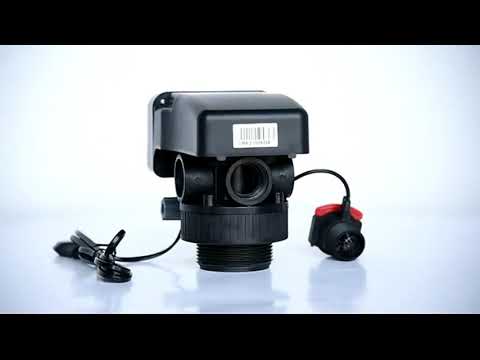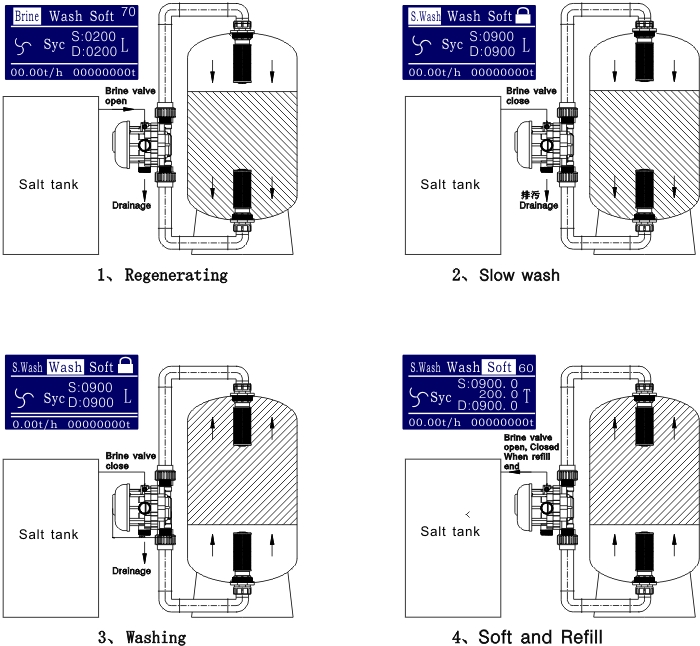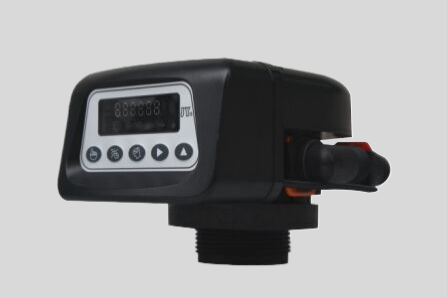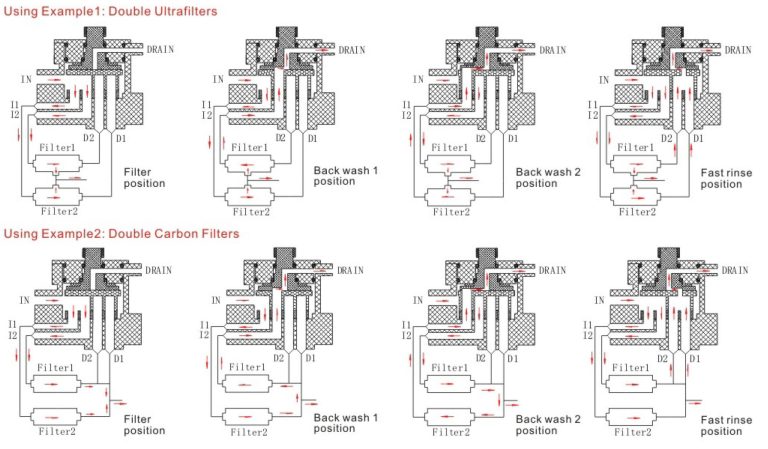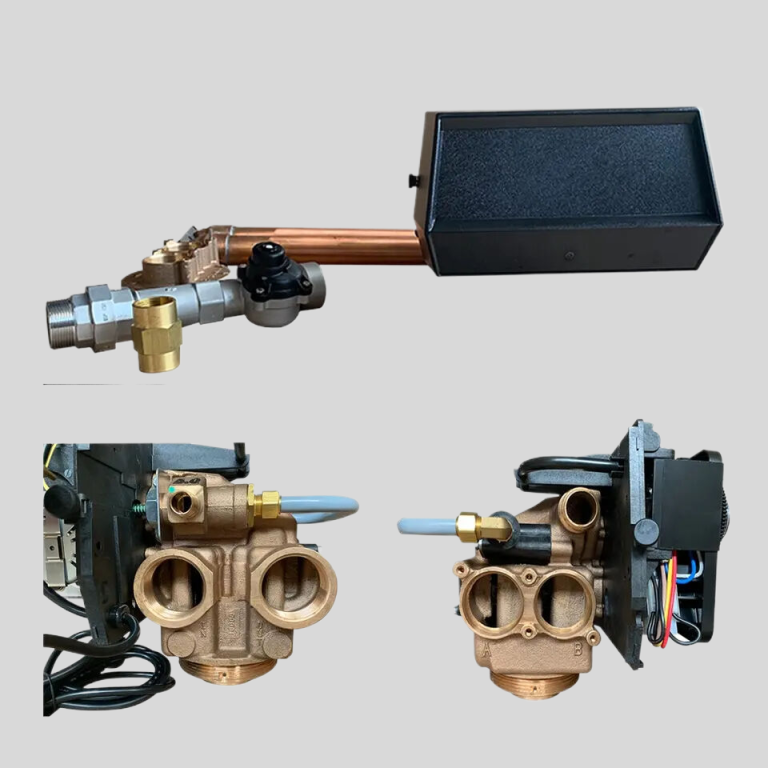“Keep your water flowing smoothly with our high-quality valve parts.”
Understanding the Different Types of water softener valve Parts
Water softeners are essential devices that help remove minerals such as calcium and magnesium from hard water, making it softer and more suitable for household use. One crucial component of a water softener is the valve, which controls the flow of water and regeneration cycles. Understanding the different types of water softener valve parts is essential for maintaining and troubleshooting your water softener system.

One common type of water softener valve is the timer valve. This valve operates on a preset schedule, initiating regeneration cycles at specific times regardless of the actual water usage. While timer valves are simple and reliable, they may not be the most efficient option for households with fluctuating water usage patterns.
| Model: Manual Softener Valve | MSD2 | MSS2 | MSD4 | MSD4-B | MSD10 |
| Working Position | Filter-> Back Wash-> Fast Rinse ->Filter | ||||
| Regeneration mode | Manual | ||||
| Inlet | 3/4” | 3/4” | 1” | 1” | 2” |
| Outlet | 3/4” | 3/4” | 1” | 1” | 2” |
| Drain | 3/4” | 3/4” | 1” | 1” | 2” |
| Base | 2-1/2” | 2-1/2” | 2-1/2” | 2-1/2” | 4” |
| Riser pipe | 1.05” OD | 1.05” OD | 1.05” OD | 1.05” OD | 1.5”D-GB |
| Water Capacity | 2m3/h | 2m3/h | 4m3/h | 4m3/h | 10m3/h |
| Working Pressure | 0.15-0.6Mpa | ||||
| Working Temperature | 5-50° C | ||||
| Power Supply | No need Power | ||||

Another type of water softener valve is the demand-initiated regeneration valve, also known as a metered valve. This valve measures the amount of water used and initiates regeneration cycles based on actual water consumption. Metered valves are more efficient than timer valves, as they regenerate only when necessary, saving water and salt in the process.
Some water softeners come equipped with a combination valve, which combines the features of both timer and metered valves. This type of valve allows users to choose between preset regeneration schedules or demand-initiated regeneration based on their preferences and water usage patterns.
| fixed bed GR large | ||||
| Model | GR15 Side/Top | GR20 Side/Top | GR40 Side/Top | GR50 |
| Output Max | 18T/H | 25T/H | 48T/H | 70T/H |
In addition to the main valve, water softeners also contain other essential valve parts that play a crucial role in the system’s operation. One such part is the brine valve, which controls the flow of brine solution during the regeneration process. The brine valve is responsible for flushing out the accumulated minerals from the resin bed and replenishing it with fresh sodium ions.
Another important valve part is the bypass valve, which allows users to divert water around the water softener system if needed. The bypass valve is useful during maintenance or repairs, as it prevents untreated hard water from entering the plumbing system.
The control valve is another essential component of a water softener system, as it regulates the flow of water and controls the regeneration cycles. The control valve is typically connected to a control panel that allows users to program and monitor the water softener’s operation.
Proper maintenance of water softener valve parts is crucial for ensuring the system’s optimal performance and longevity. Regularly inspecting and cleaning the valves can help prevent clogs and malfunctions, while timely repairs can address any issues before they escalate.
In conclusion, understanding the different types of water softener valve parts is essential for maintaining and troubleshooting your water softener system. Whether you have a timer valve, a metered valve, or a combination valve, each type has its advantages and considerations. By familiarizing yourself with the various valve parts and their functions, you can ensure that your water softener operates efficiently and effectively for years to come.

